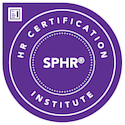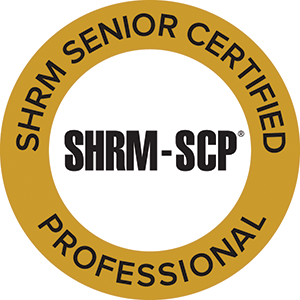
For the first 6 months of this year, only 32.9% of employees were engaged at work, according to Gallup, who regularly measures employee engagement. This means that nearly 70% of employees were not engaged. Lack of employee engagement translates into less productivity and lower morale, and may ultimately impact business results.
There are multiple factors that contribute to employees being engaged and motivated – a sense of purpose, opportunities for growth, a positive culture, learning and development, and effective leadership, to name a few. Often companies, especially small ones with limited resources and time, are hard pressed to know where to focus to move the engagement meter in the right direction. A good way to determine how to improve your employees’ satisfaction, engagement and motivation is to ask them.
Conduct an employee survey.
Perhaps you’ve done one before. But there are surveys and there are surveys. And…it’s not just about asking a bunch of questions. It’s about asking a few good questions that encourage an honest response, and then actually acting on the information you receive. Too often employees are asked to spend 20 minutes or so providing input to a survey and then they never hear anymore about it. This is most likely not the intent when the survey is sent out, but sometimes there are so many ideas and suggestions for improvement that leadership can’t get their arms around them, or they compete with other priorities. Good intentions get lost in the shuffle.
There is a better way.
Start by creating a list of questions that will help you identify some areas that employees want to see improved. Common ones are training and growth opportunities, communication, and understanding how their role fits into the big picture. Pare the list down to 3 or 4 effective questions. Communicate to employees the purpose of the survey and that you will be selecting one or two areas to work on based on the results. An alternate way to gather responses to the questions is through employee focus groups. Once you’ve gathered and analyzed the data, communicate results to employees and involve them in prioritizing the areas to work on. Select one or two areas to focus on in the short term. Be open and honest about what’s achievable. Consider setting up employee work groups to create solutions for the improvement areas selected. Make progress updates a regular part of your employee communication. The important part is to ask and to ACT. When employees see that you are true to your word, they will be more willing to provide you with feedback and ideas and to be part of the solution.
“Research indicates that workers have three prime needs: Interesting work, recognition for doing a good job, and being let in on things that are going on in the company.” –Zig Ziglar

 As I’ve often said, performance management is an ongoing process not just an annual event. As such, when there’s a performance issue it’s important to deal with it in a timely manner. The goal should be – if possible – to turn the situation around and get the employee back on track versus terminating them. This requires a plan. Here are some tips for developing an effective Performance Improvement Plan (PIP).
As I’ve often said, performance management is an ongoing process not just an annual event. As such, when there’s a performance issue it’s important to deal with it in a timely manner. The goal should be – if possible – to turn the situation around and get the employee back on track versus terminating them. This requires a plan. Here are some tips for developing an effective Performance Improvement Plan (PIP).



